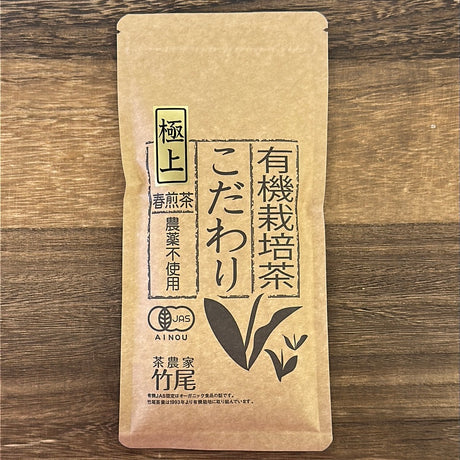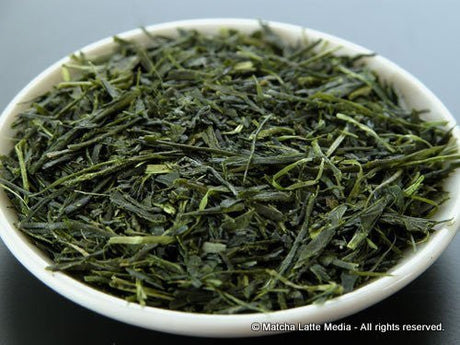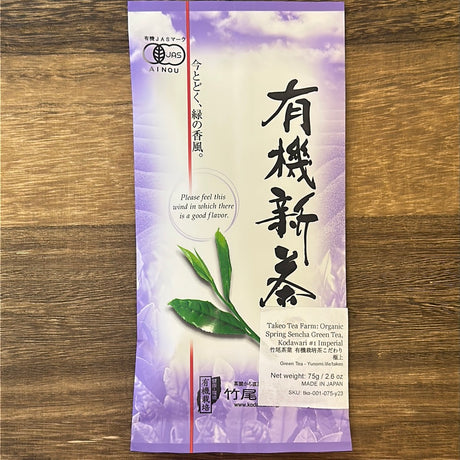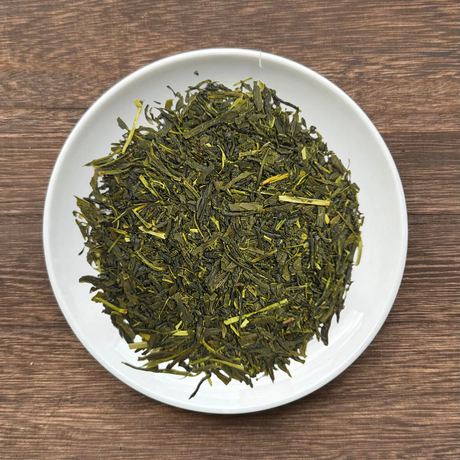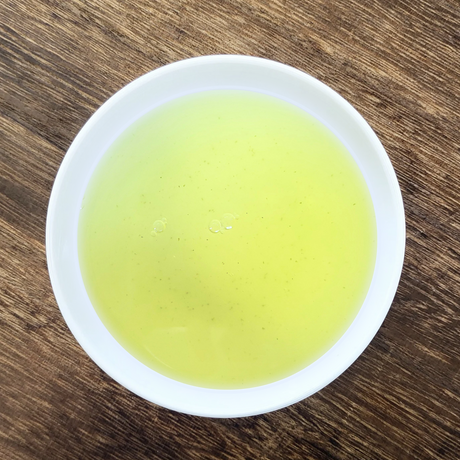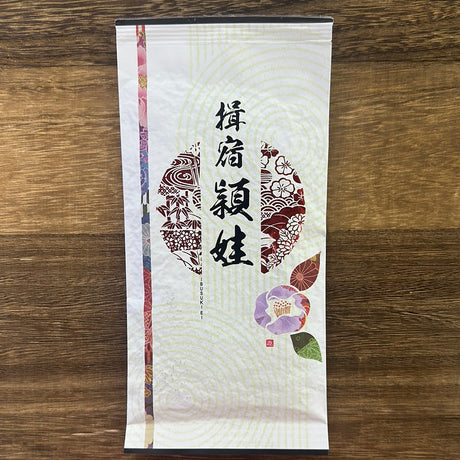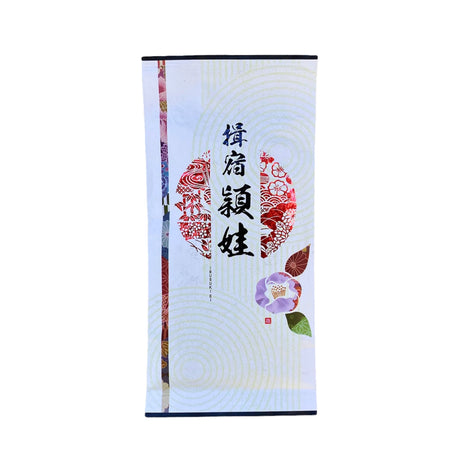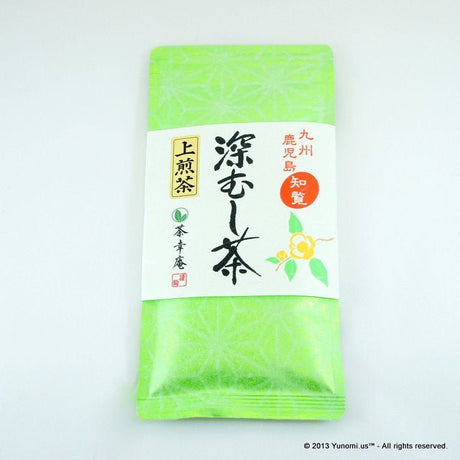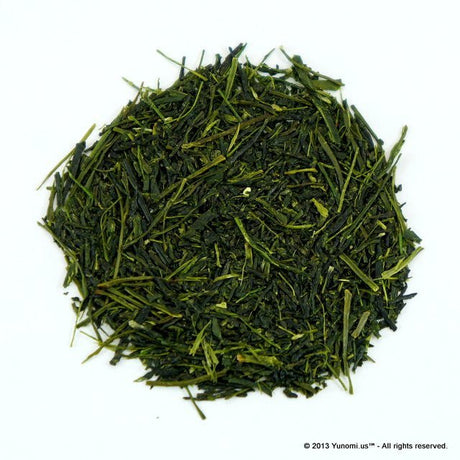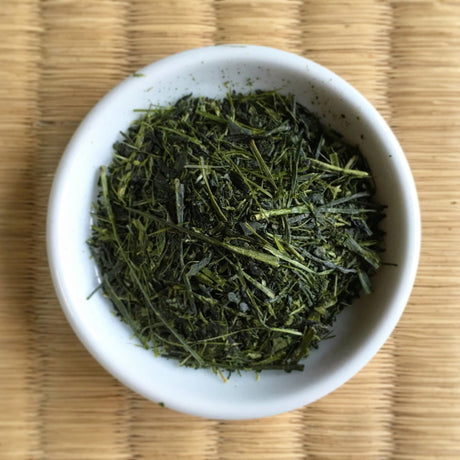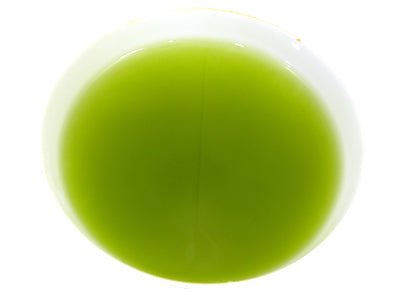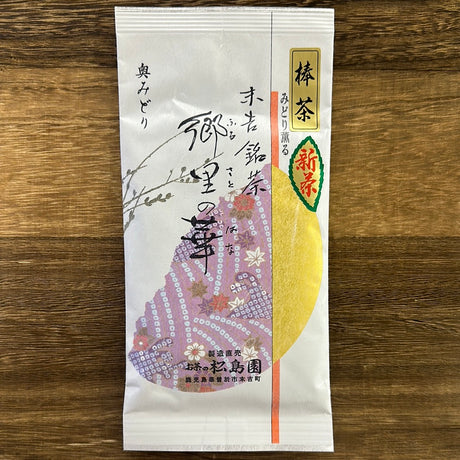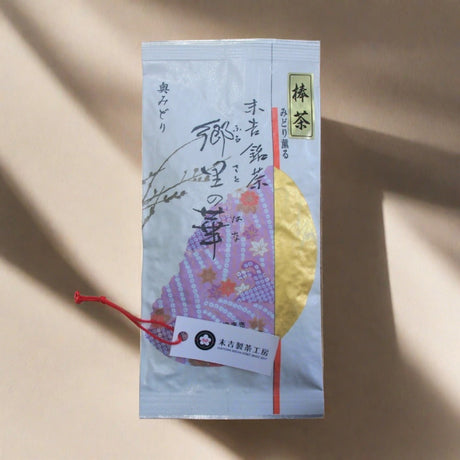FiltersFilter & Sort
NaturaliTea
From JPY ¥480Unit price /UnavailableIn stock (10 units)
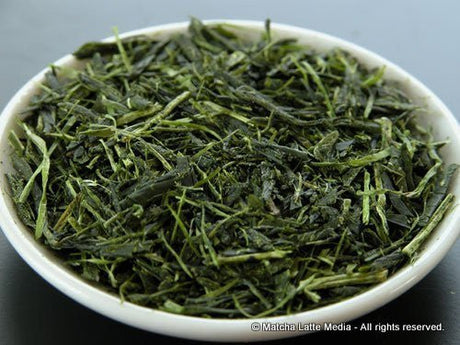


 Purchasing Restricted (Currently out-of-stock at our Warehouse. Please contact us to discuss availability or custom repacking if other sizes are available.)
Purchasing Restricted (Currently out-of-stock at our Warehouse. Please contact us to discuss availability or custom repacking if other sizes are available.)Takeo Tea Farm
#0652.M1 Takeo Tea Farm: Organic Spring Sencha Green Tea, Kodawari #3 Superior 上こだわり
From JPY ¥999Unit price /UnavailableTarui Tea Farm
PREORDER ships May - #0664.S5 Tarui Tea Farm: 2025 Organic Sencha - Shurei, Elegant Beauty 有機 秀麗
From JPY ¥450Unit price /UnavailablePre-orderSueyoshi Tea Atelier
From JPY ¥450Unit price /UnavailablePre-orderFuruichi Seicha
#0290.K2 Furuichi Seicha: #02 Organic Kagoshima Sencha, Midori no Daichi (Wa) かごしま 有機緑茶『みどりの大地(和)』
From JPY ¥340Unit price /UnavailableIn stock (75 units)Furuichi Seicha
From JPY ¥495Unit price /UnavailableIn stock (5 units)Yamane-en
From JPY ¥390Unit price /UnavailablePre-orderMorita Tea Garden
PREORDER ships May - #0589.S2 Morita Tea Garden #02: Sayama Sencha, Kakurei 鶴齢
From JPY ¥400Unit price /UnavailablePre-orderMorita Tea Garden
PREORDER ships May - Morita Tea Garden #03: "Hoju" Aracha Green Tea from Sayama 宝珠
From JPY ¥400Unit price /UnavailablePre-orderTarui Tea Farm
From JPY ¥650Unit price /UnavailablePre-orderTarui Tea Farm
From JPY ¥470Unit price /UnavailablePre-orderTakeo Tea Farm
#0651.M1 Takeo Tea Farm: Organic Spring Sencha Green Tea, Kodawari #2 Premium 特上こだわり
From JPY ¥400Unit price /UnavailableLow stock (3 units)Sueyoshi Tea Atelier
From JPY ¥500Unit price /UnavailableLow stock (3 units)Takeo Tea Farm
#0650.M1 Takeo Tea Farm: Organic Spring Sencha Green Tea, Kodawari #1 Imperial 極上こだわり
From JPY ¥500Unit price /UnavailableLow stock (2 units)Tarui Tea Farm
From JPY ¥350Unit price /UnavailablePre-orderYamane-en
From JPY ¥450Unit price /UnavailableIn stock (9 units)Wakoen Tea Farm
#0710.K2 Wakoen Tea Farm: Kagoshima Fukamushicha - Yoh 和香園 深蒸し茶 陽
From JPY ¥1,499Unit price /UnavailableIn stock (5 units)Chakouan
From JPY ¥400Unit price /UnavailablePre-orderMurata Tea Garden
From JPY ¥500Unit price /UnavailableVery low stock (1 unit)Sueyoshi Tea Atelier
From JPY ¥288JPY ¥360Unit price /UnavailableIn stock (6 units)

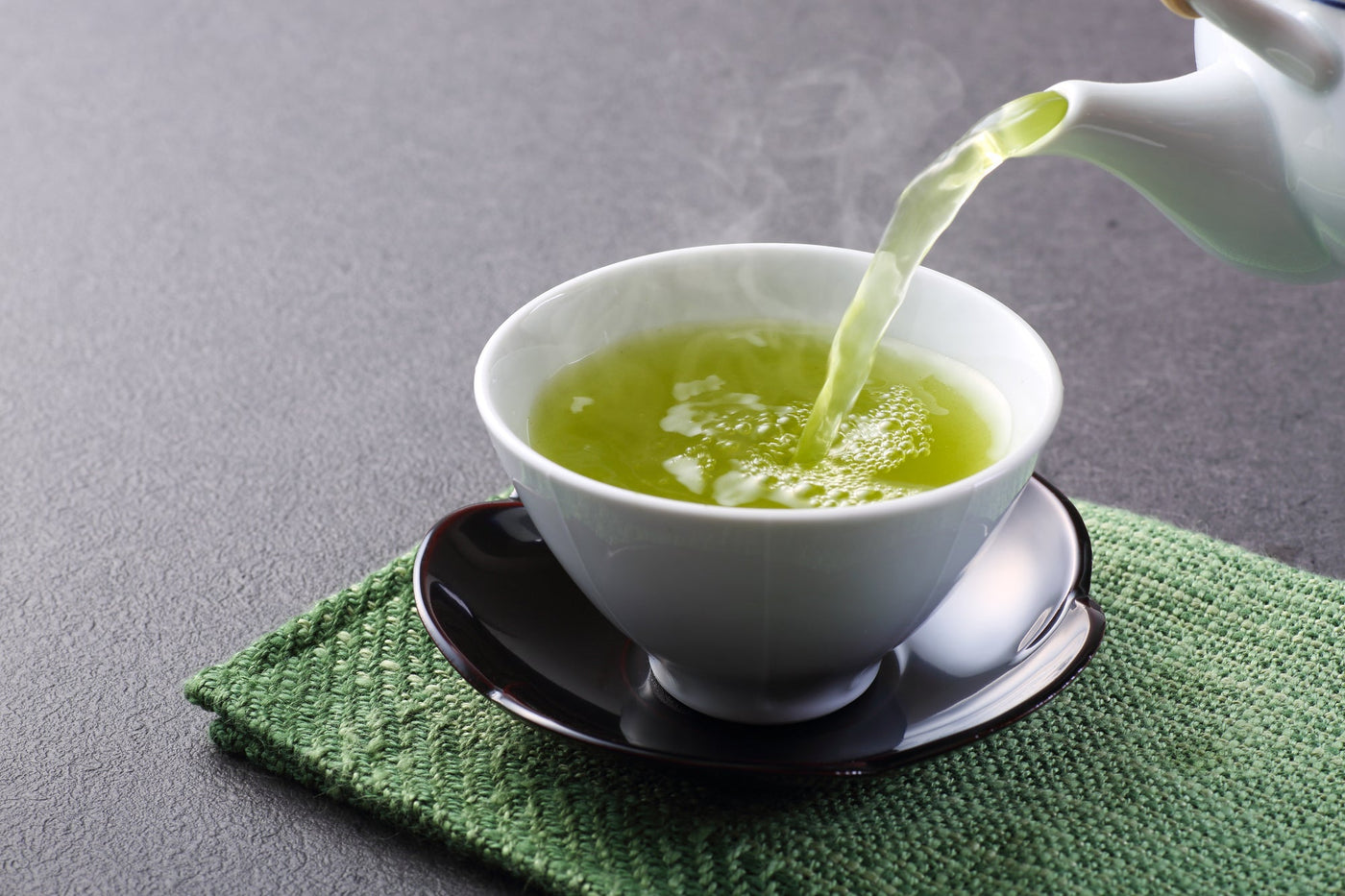
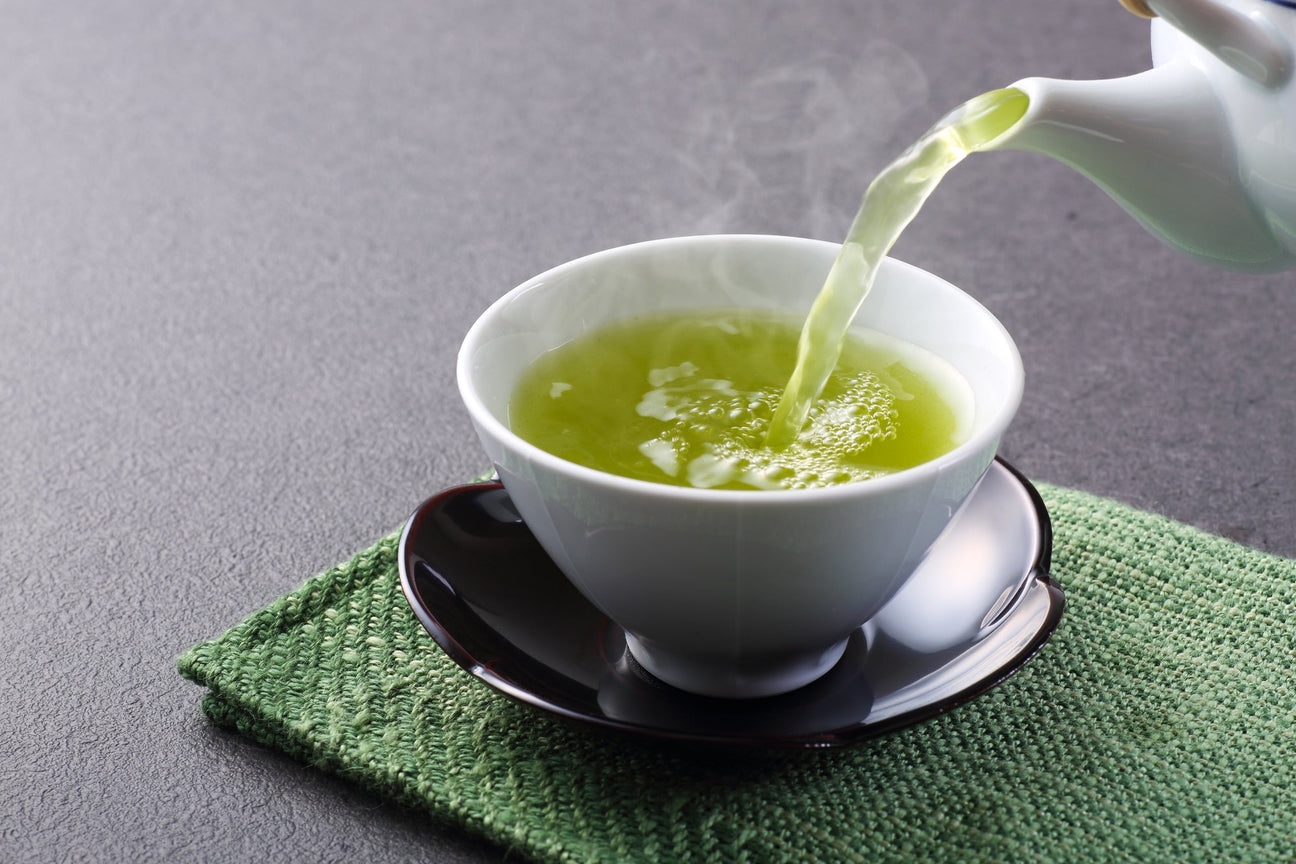



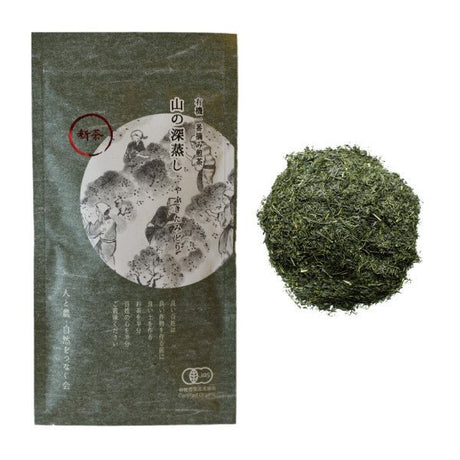
![[2024 & 2025 - PREORDER ships late May] #0055.S5 NaturaliTea: Mountain-grown Fukamushi Sencha, Yabukita 有機一番摘み煎茶 山の深蒸し](http://yunomi-2.myshopify.com/cdn/shop/files/Image_20230928_102755_116_6801f36d-d288-4a0e-a7c2-90017b35c4c2.jpg?v=1695883769&width=460)
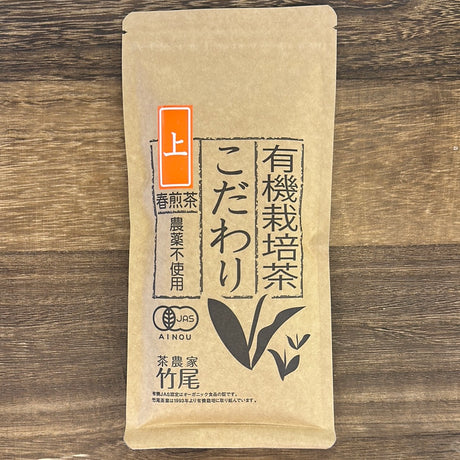

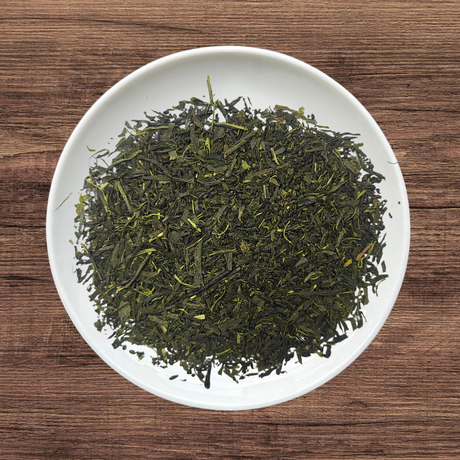
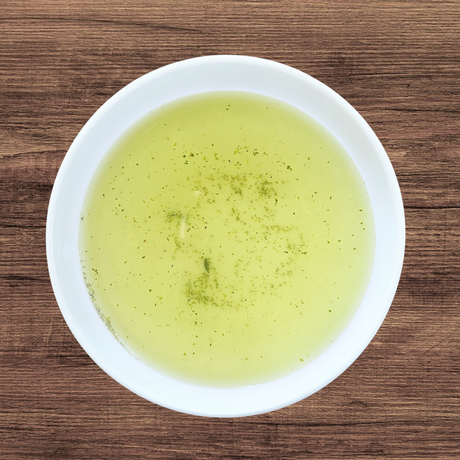





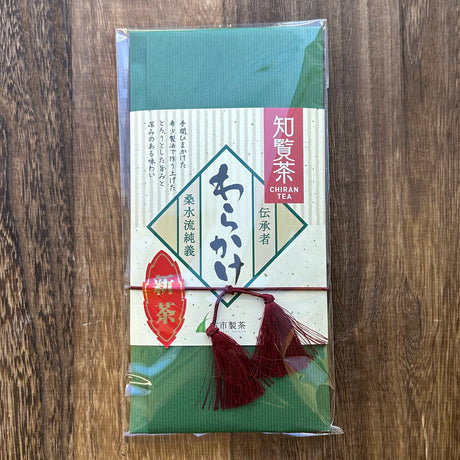
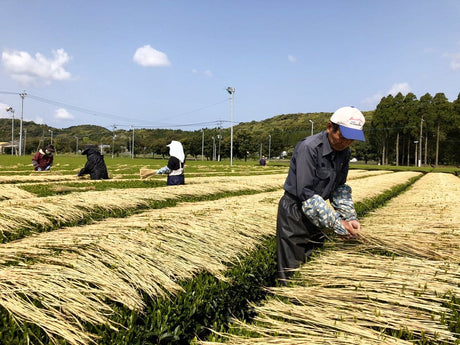
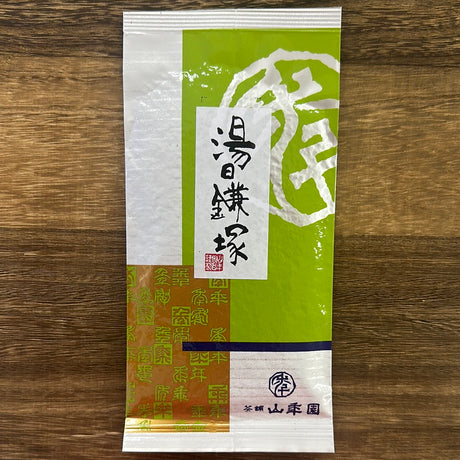
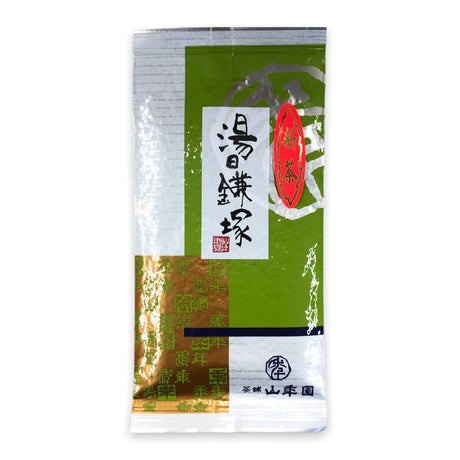
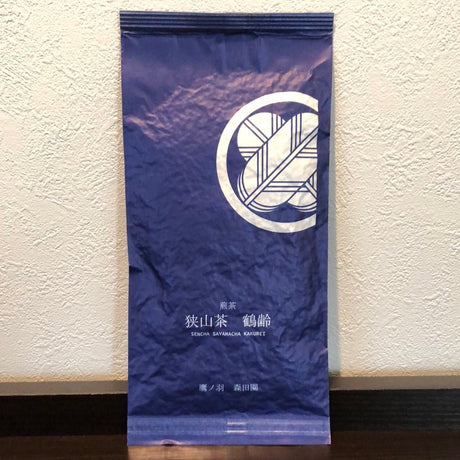
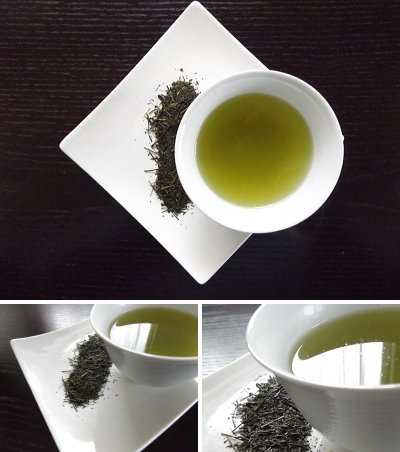
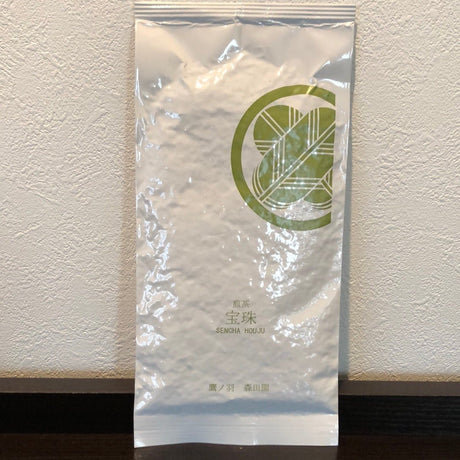
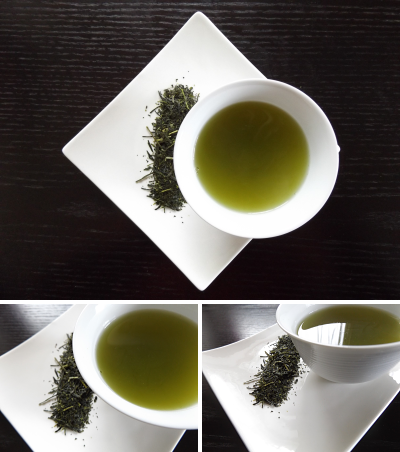
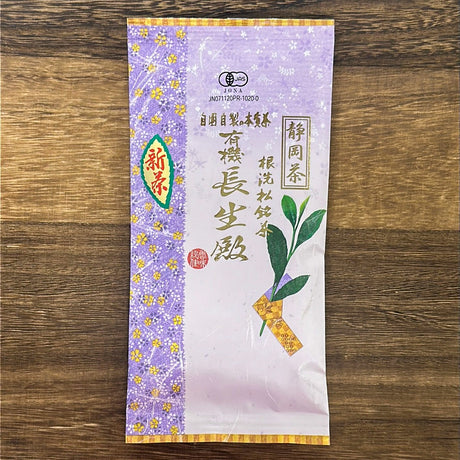
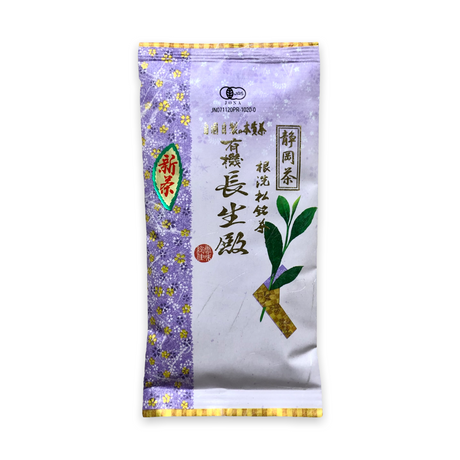
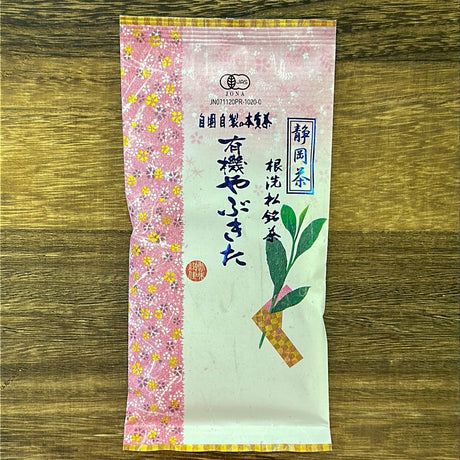
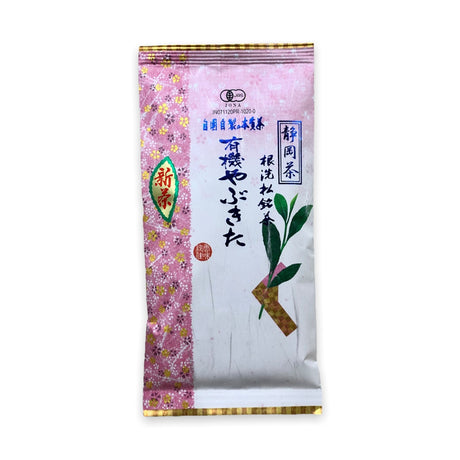
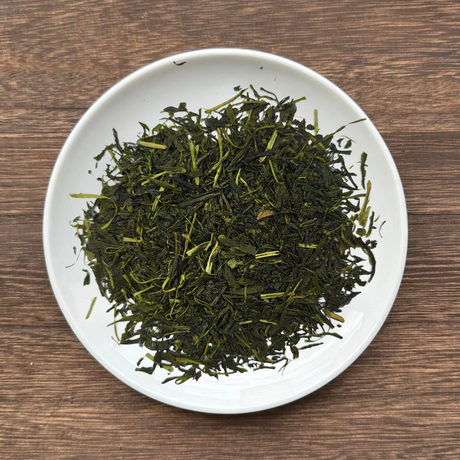
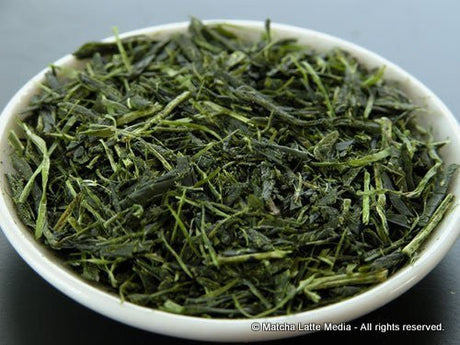
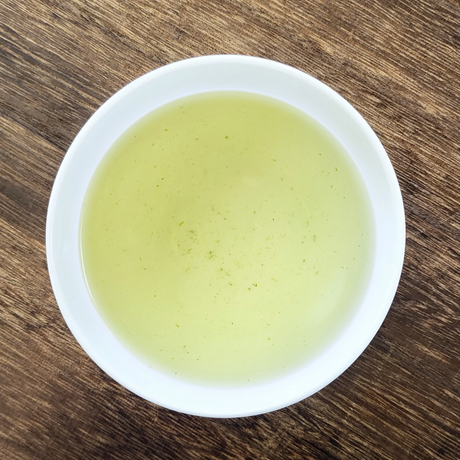
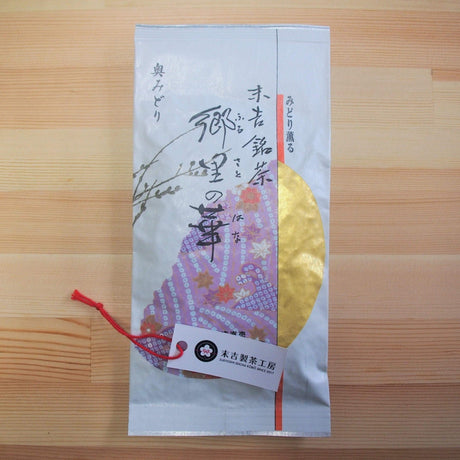
![[2024 & 2025 - PREORDER ships May] #0642.K2 Sueyoshi Tea Atelier: "Furusato no Hana" Okumidori Fukamushi Kabusecha from Kagoshima 末吉銘茶 郷里の華 奥みどり](http://yunomi-2.myshopify.com/cdn/shop/products/image_dc2977d5-0ed1-44f4-96f3-773588d300b7.heic?v=1675929274&width=460)
